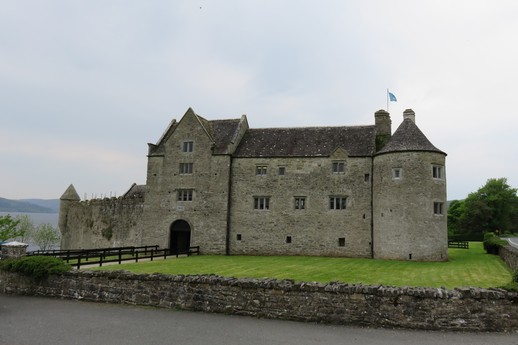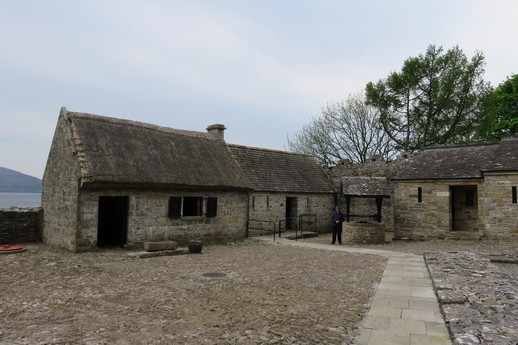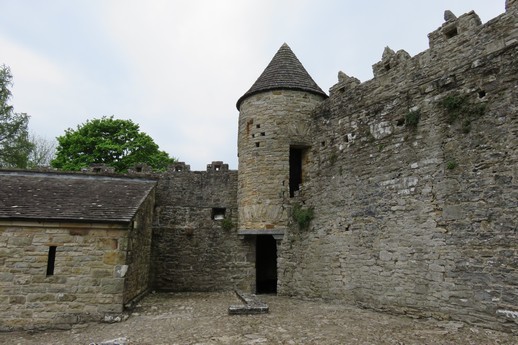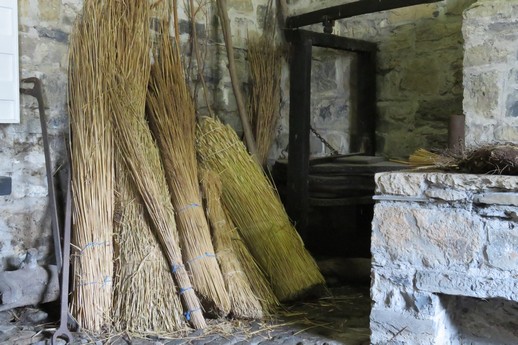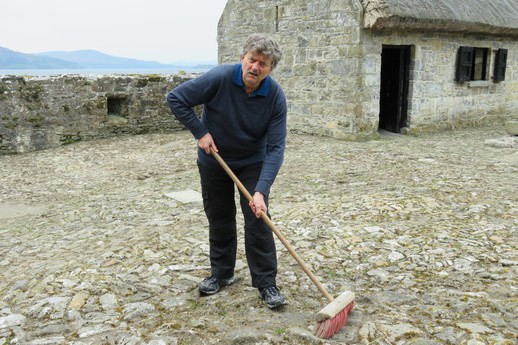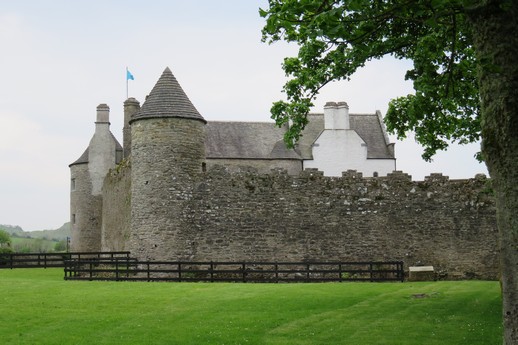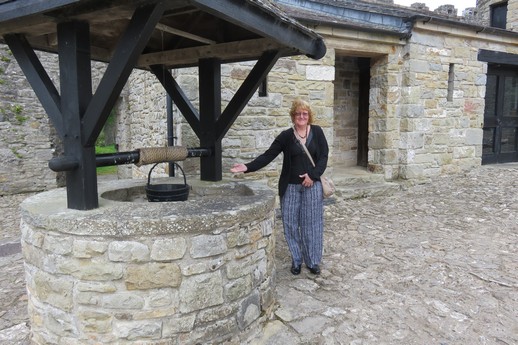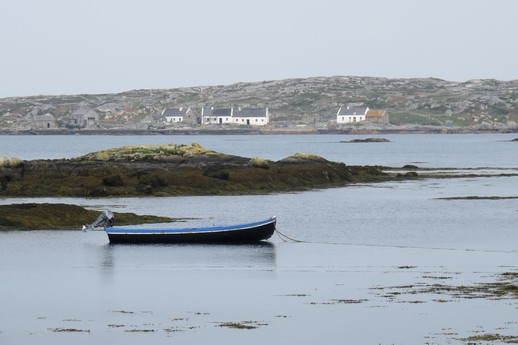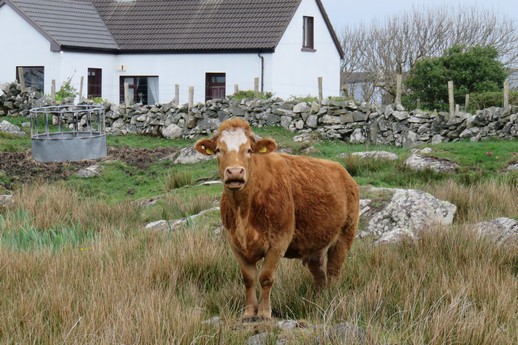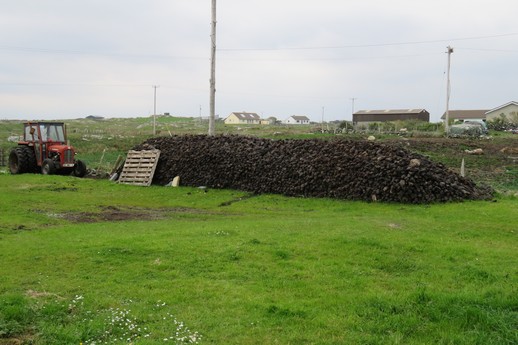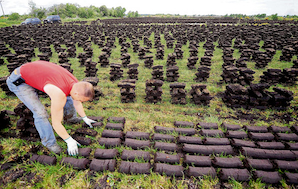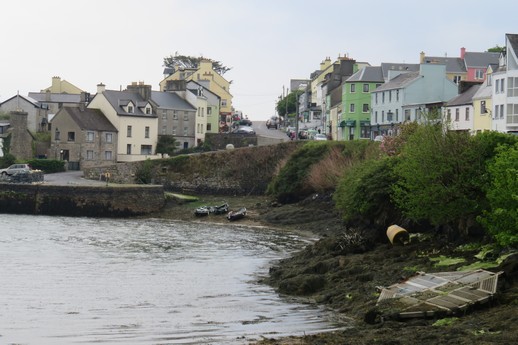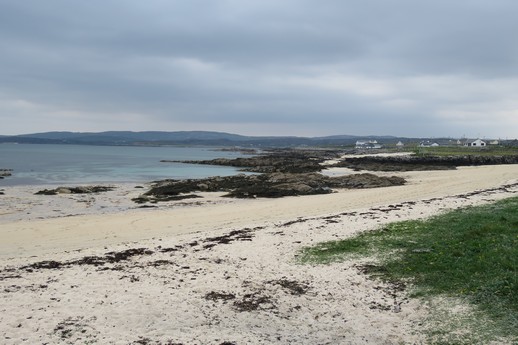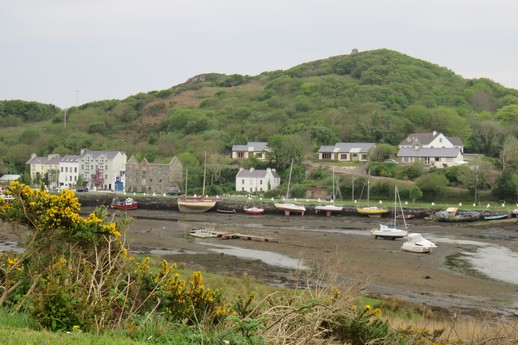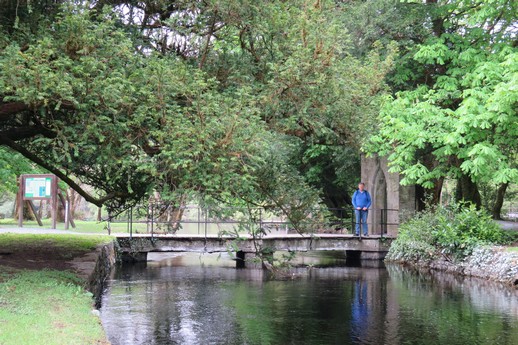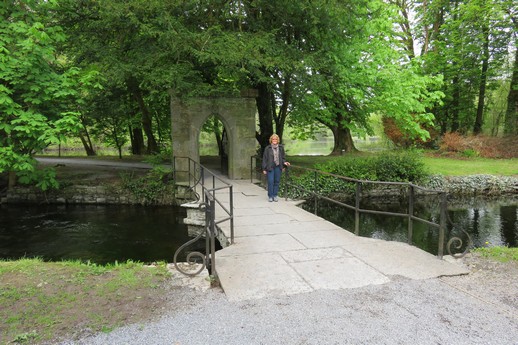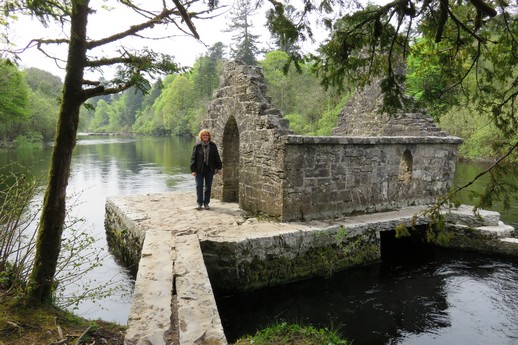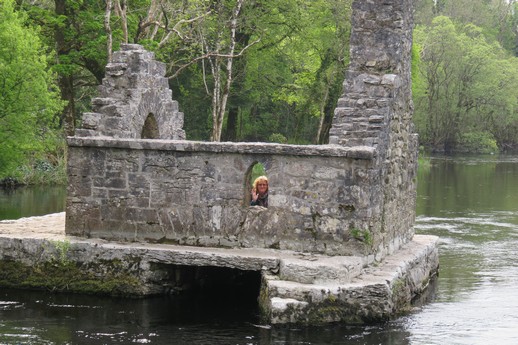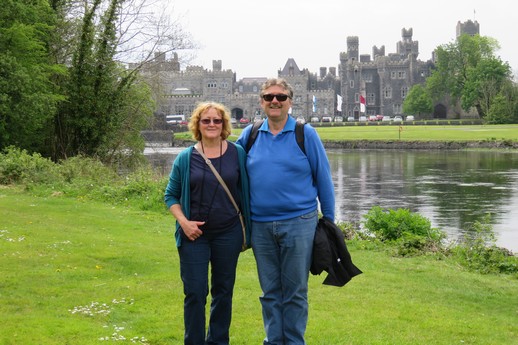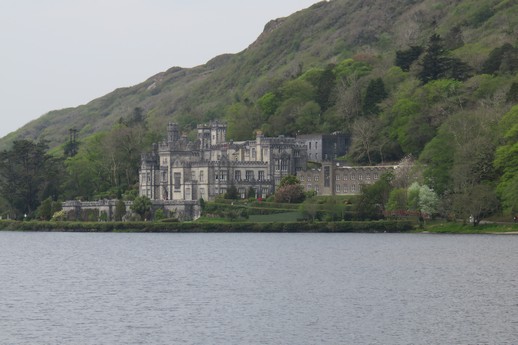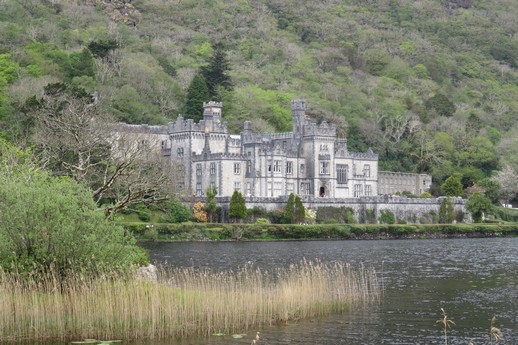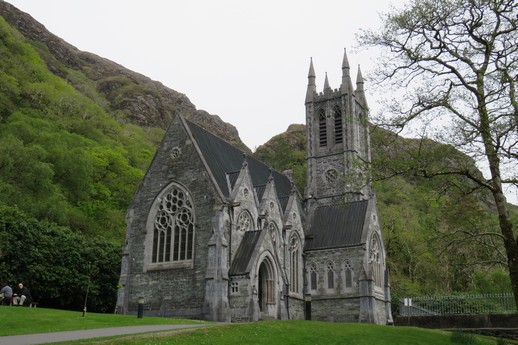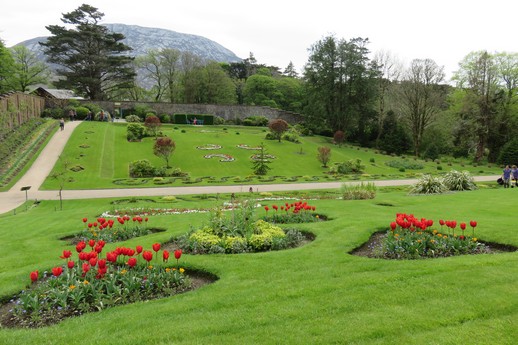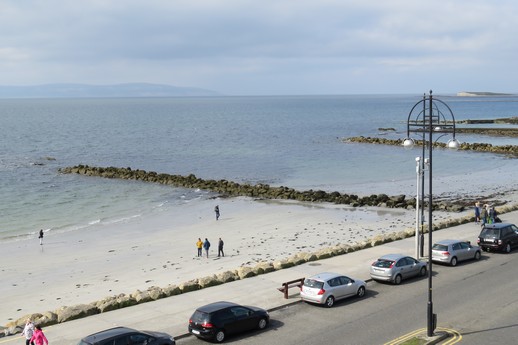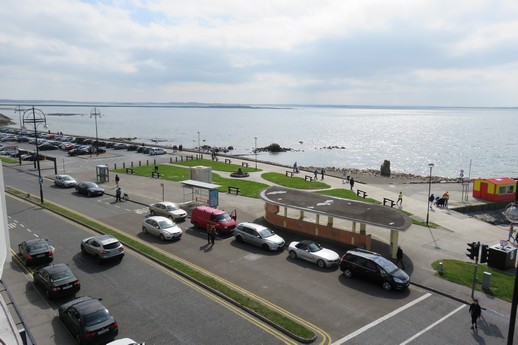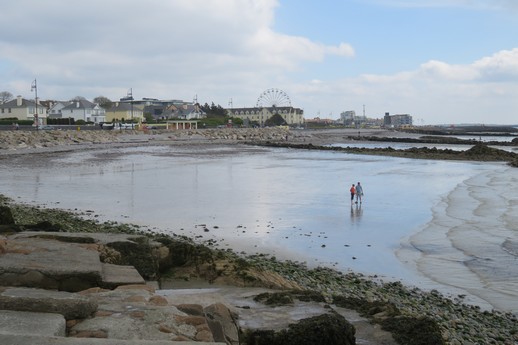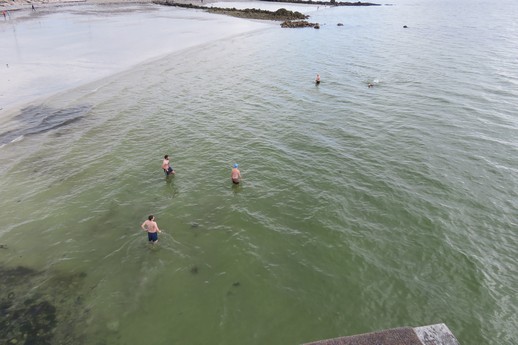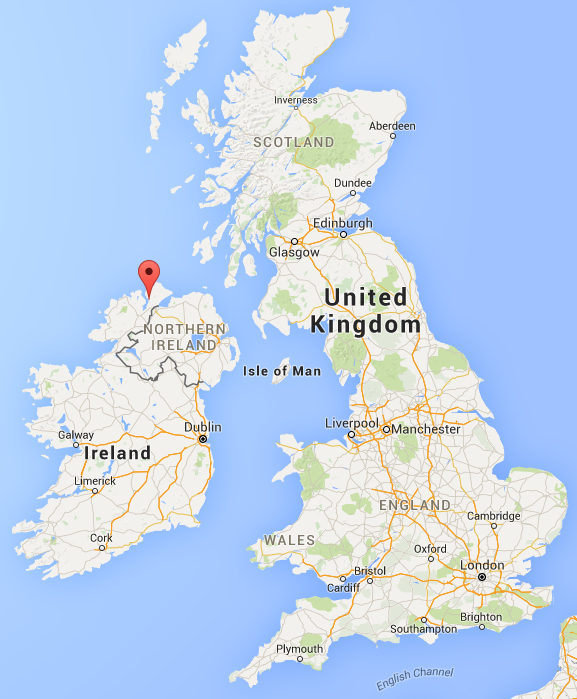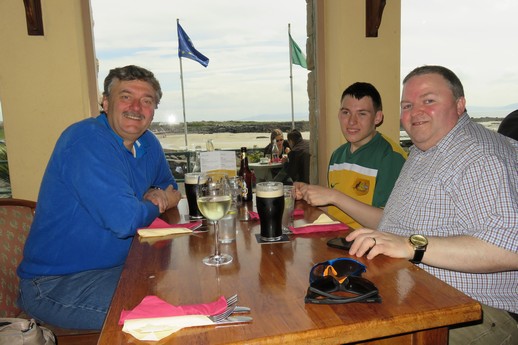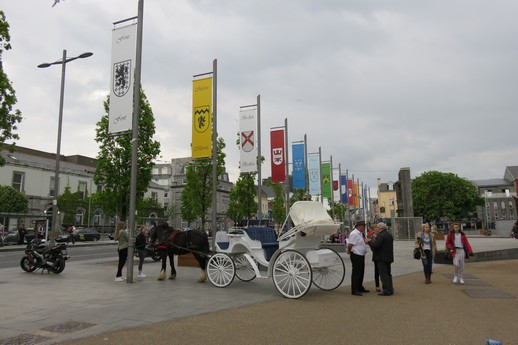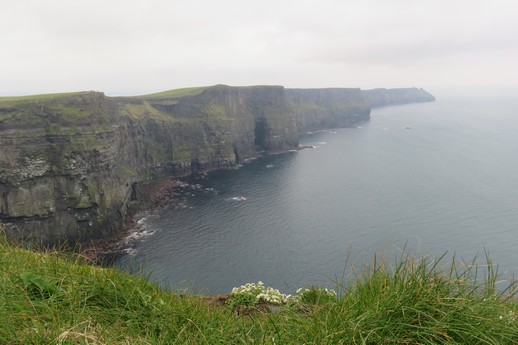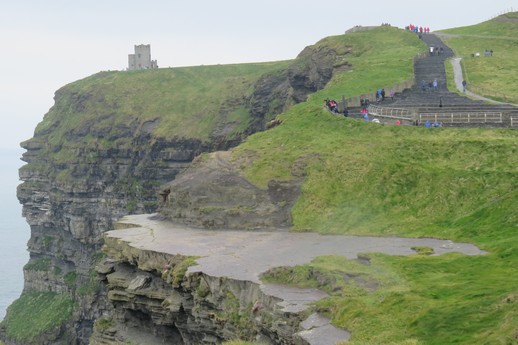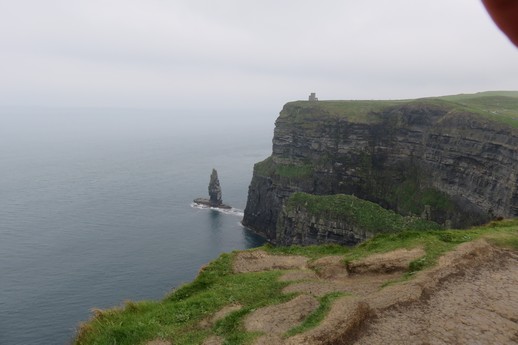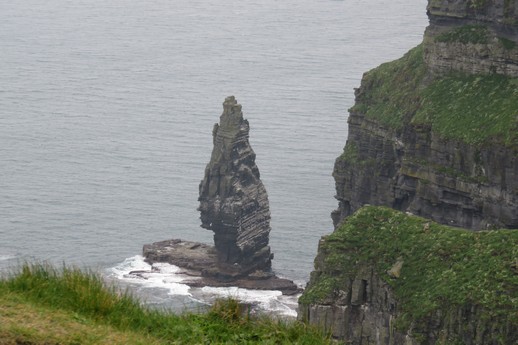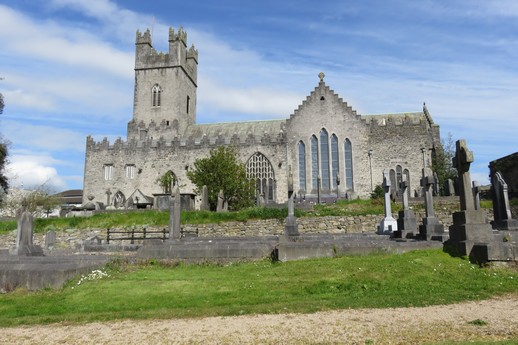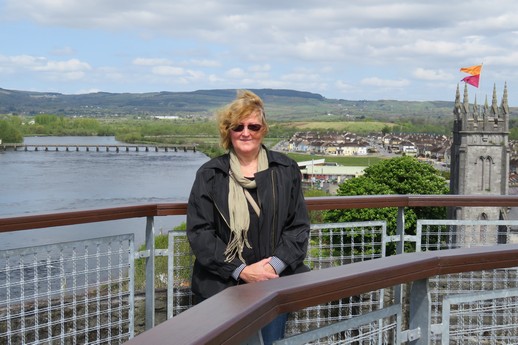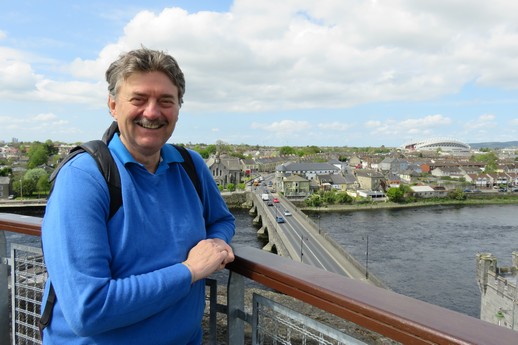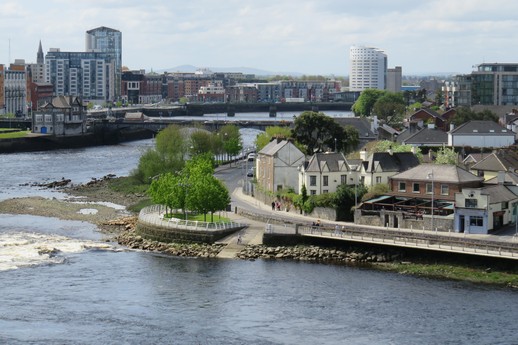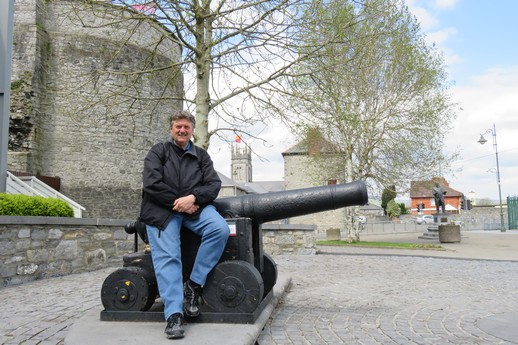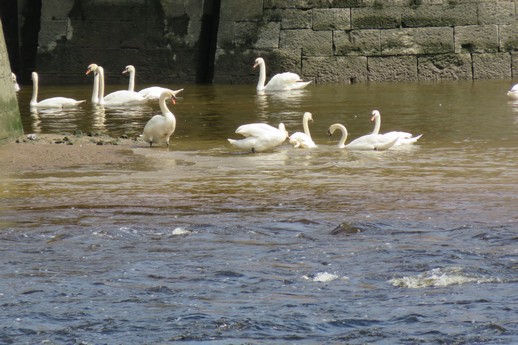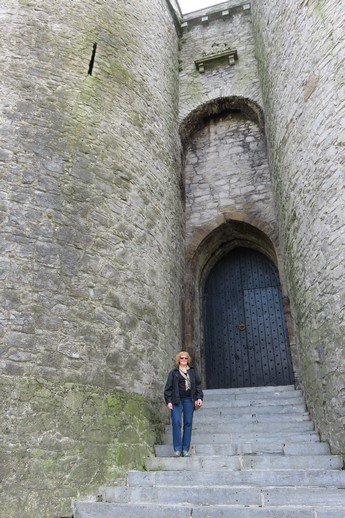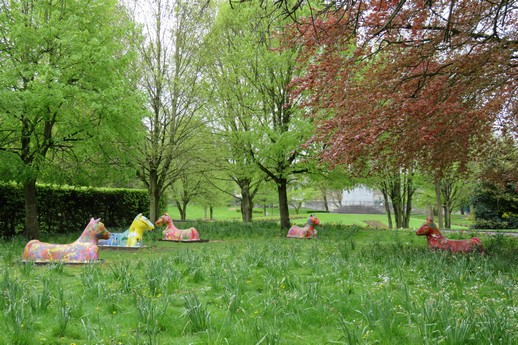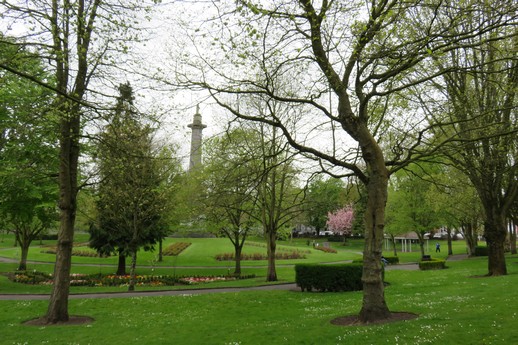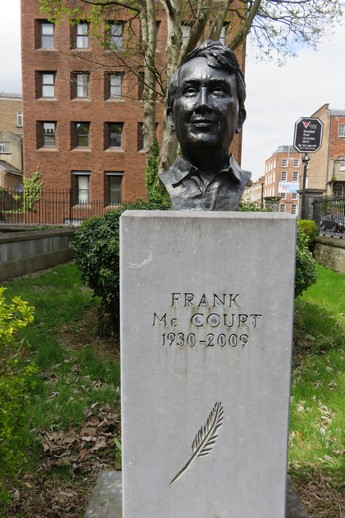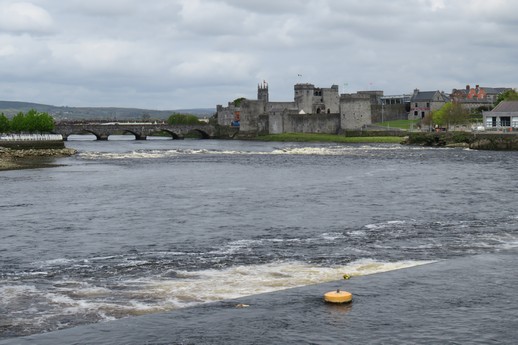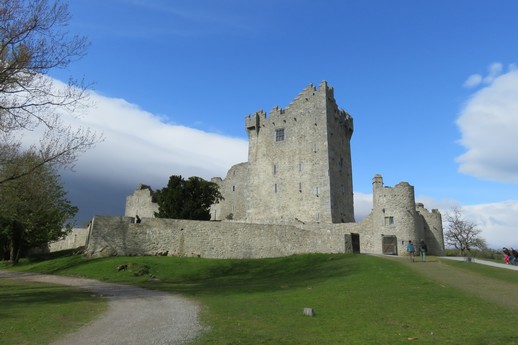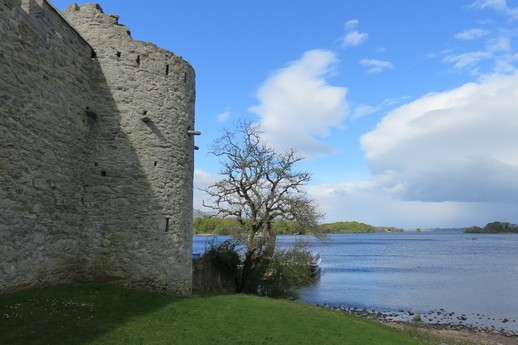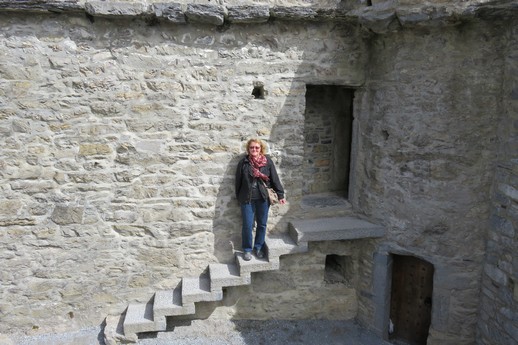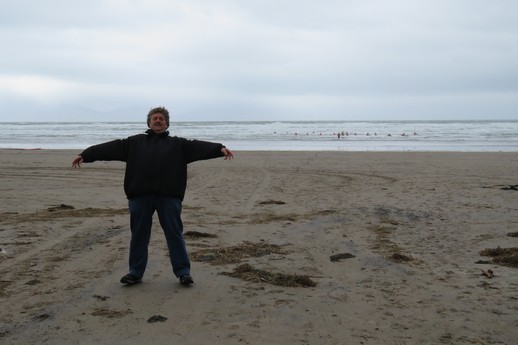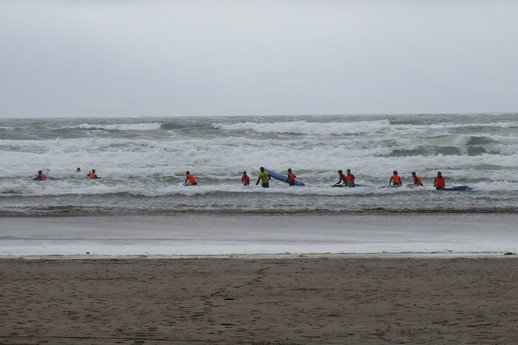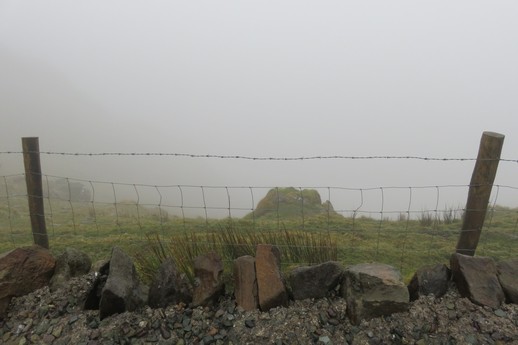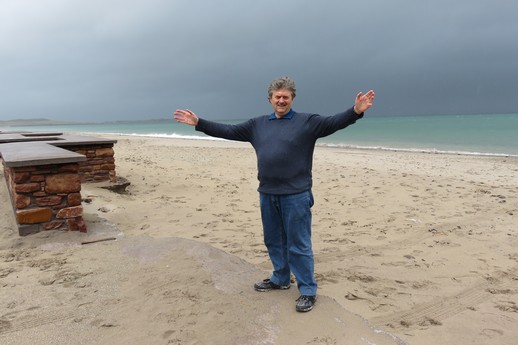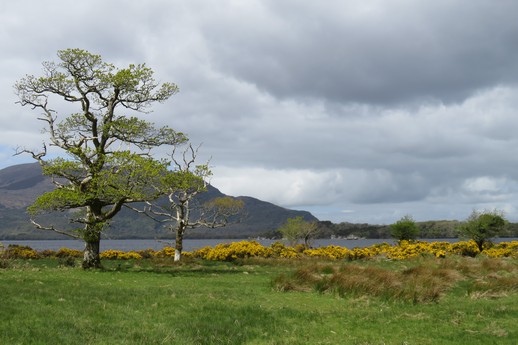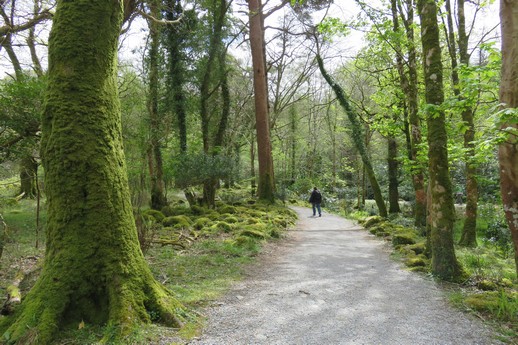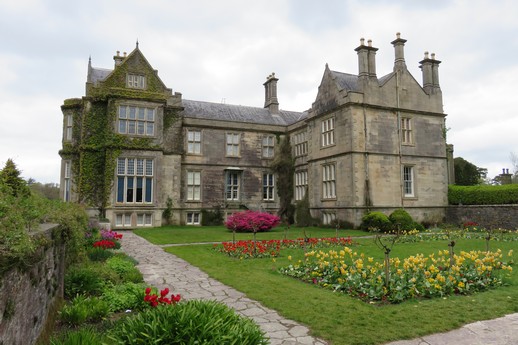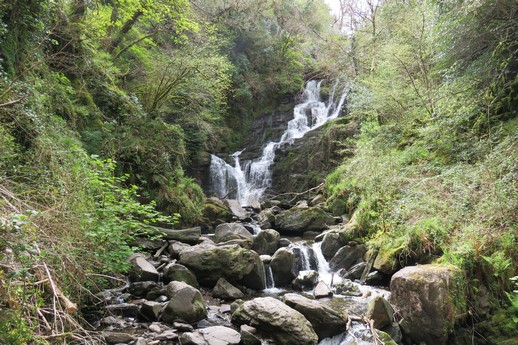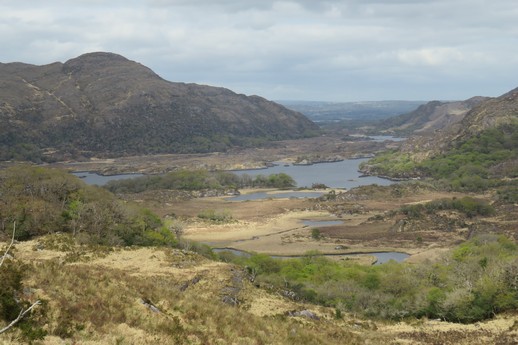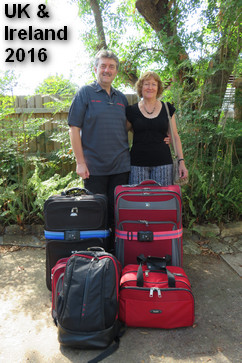
We touched down in Sydney just after 0615 on Friday 13 May 2016. The sky was blue and cloudless. The air was fresh with that hint of coolness that autumn offers in homage to the coming months of winter in Australia.
Our return flight from Dublin via Dubai on Emirates was uneventful. The infants sitting near us were so well behaved we didn’t even hear them until we were on approach into Sydney. We changed planes in Dubai, exchanging a Boeing 777 for an Airbus A380. The A380 is a wonder of modern aerodynamics. It is a quiet plane which Emirates have provisioned with generously wide seating and more leg room than the 777.
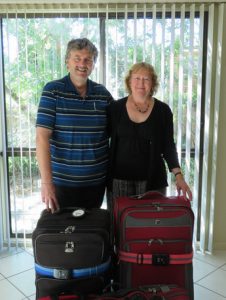
Customs and immigration were a breeze and we were soon on the underground platform waiting to catch the train to Central to connect with one bound for Newcastle. Changing at Hamilton we were met by Sarah and Reyne at East Maitland around 1130. Home at last.
The wrap
I collect data so that I can use it to plan for the future. I’ve done this for many years and our trip to Scotland, England and Ireland did not escape my analytical gaze. I’ve gathered together some data items here that may be of interest to you – but there are many others. 🙂
| Metric | Value |
| Trip duration | 46 days |
| Bed nights | 43 |
| Distance walked, total | 488 km |
| Daily walking average | 10.6 km |
| Distance driven in Ireland | 2,770 km |
| Vehicle fuel economy | 5.72 L/100 km |
| Digital photographs taken | 2,108 |
Contrary to our current crop of inept politicians we managed to bring this project in under budget returning with a surplus. Our budget was AUD 22.5K and we underspent it by nearly 10%.
| Category | Percentage |
| Transportation | 31% |
| Accommodation | 30% |
| Food & drink | 26% |
| Entertainment | 8% |
| Everything else | 5% |
| Traveller | Value |
| Gregory | +2 kg |
| Christine | undisclosed |
Trivia
On our three long international trips we’ve been away for periods spanning more than one full month. The total distance walked for each of these three months away is almost identical…
| Month | Where | Distance |
| Apr 2012 | England, France, Belgium & Switzerland | 353 km |
| May 2014 | Germany, Austria & Italy | 352 km |
| Apr 2016 | Scotland, England & Ireland | 352 km |
Catchy Irish business names
- Curl up and Dye
- Change of a Dress
Spot the meme
If you’ve been following our posts, you’ll have observed some unusual aspects of those posts. The first e-mail to belcher@internode.on.net with the answer to “What was that meme?” will receive a very nice prize and one worthy of your review of our posts in case you missed it. Go on – have a go!
Charlotte
Charlotte is the name of the Raspberry Pi micro-computer responsible for hosting this blog. It sits on the desk in my study at home and is connected to the internet via the house Wi-Fi system. I’ve shown it alongside some playing cards and Sarah’s iPhone 4 for size comparison. The lime green outline has been added for emphasis – it is not there normally. 🙂

Goodbye, so long and thanks for all the fish.
Greg and Chris Belcher.
